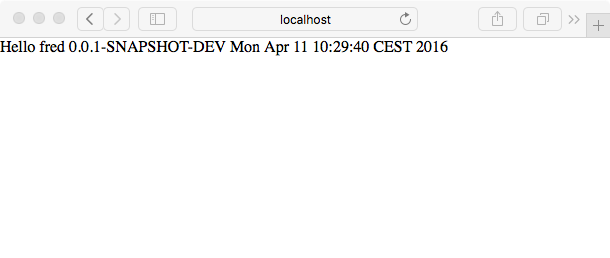This blog explains how to get nicely-formatted XML in the Safari browser.
Introduction
Recently we have been writing a series of blogs on the Tapestry framework showing how it can be used to create web applications. One of the blogs explains how to get the framework to return XML response for API integration. While creating the example we noticed that on OSX the Safari browser didn't give us back nicely-formatted XML files (see example)
In other browsers we did get the expected result. Since for most of the series we had been using screenshots from the Safari browser to illustrate the expected results, we wanted to stick with this browser. As it turns out, you can get nicely-formatted XML files in Safari, however this requires an additional one-time setup. Continue reading
